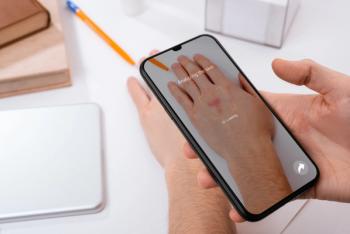
How to select a Sunscreen for your patient
Susan Taylor, MD, FAAD, discusses how to select a sunscreen based on different patient characteristics.
Episodes in this series

Susan Taylor, MD, FAAD: We suggest that all patients use an SPF of 30 or higher. In addition, the sunscreen must be broad spectrum, which simply means that it must block and protect UV-A light. For individuals who are going to engage in watersports or even those who perspire quite profusely, selecting a sunscreen that is water resistant can be very helpful. It’s important for individuals to understand that sunscreens must be reapplied, and the recommendation is that they are reapplied every 2 hours throughout the day when one is receiving sun exposure. Finally, sunscreens have expanded their assortment. There are sunscreens that are geared toward oily skin, and those that are geared toward dry skin and provide hydration.
People with different skin tones or skin types have various needs. We know that individuals with lighter skin tones tend to burn quite easily. Greater protection against UV-B–induced effects is important for those individuals. On the other hand, for individuals with darker skin tones although they can burn, are less likely to burn but we know that they are more susceptible to the effects of visible light and UV-A1 in the production of hyperpigmentation. They need to select sunscreens that are going to protect them from the effects of visible light.
Transcript Edited for Clarity
Newsletter
Like what you’re reading? Subscribe to Dermatology Times for weekly updates on therapies, innovations, and real-world practice tips.



















